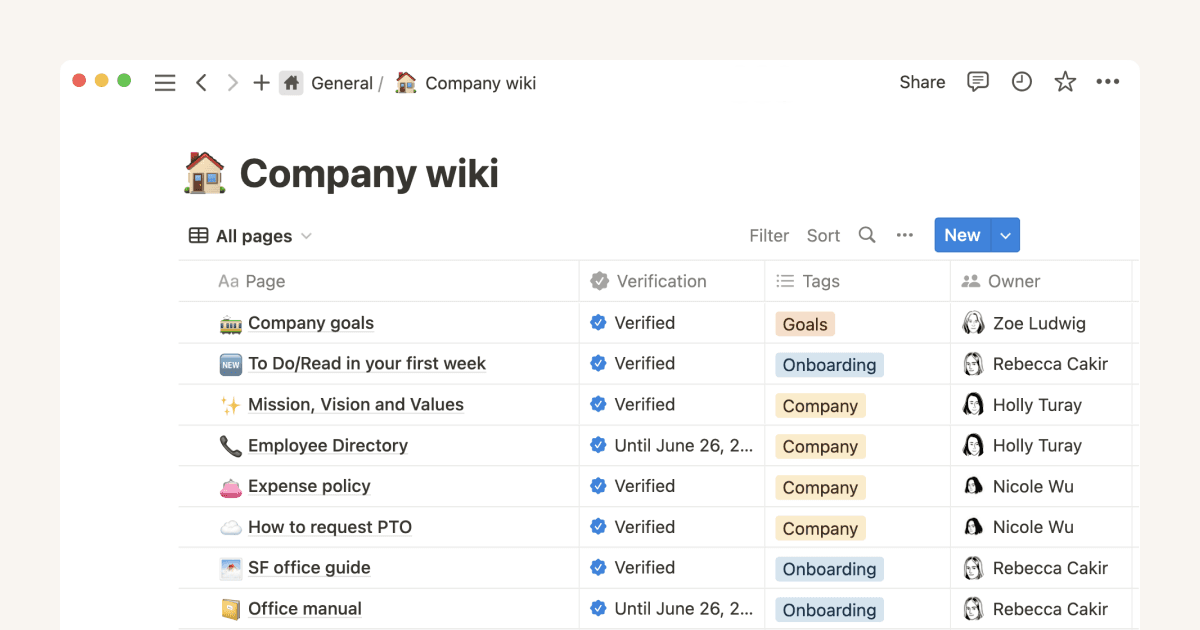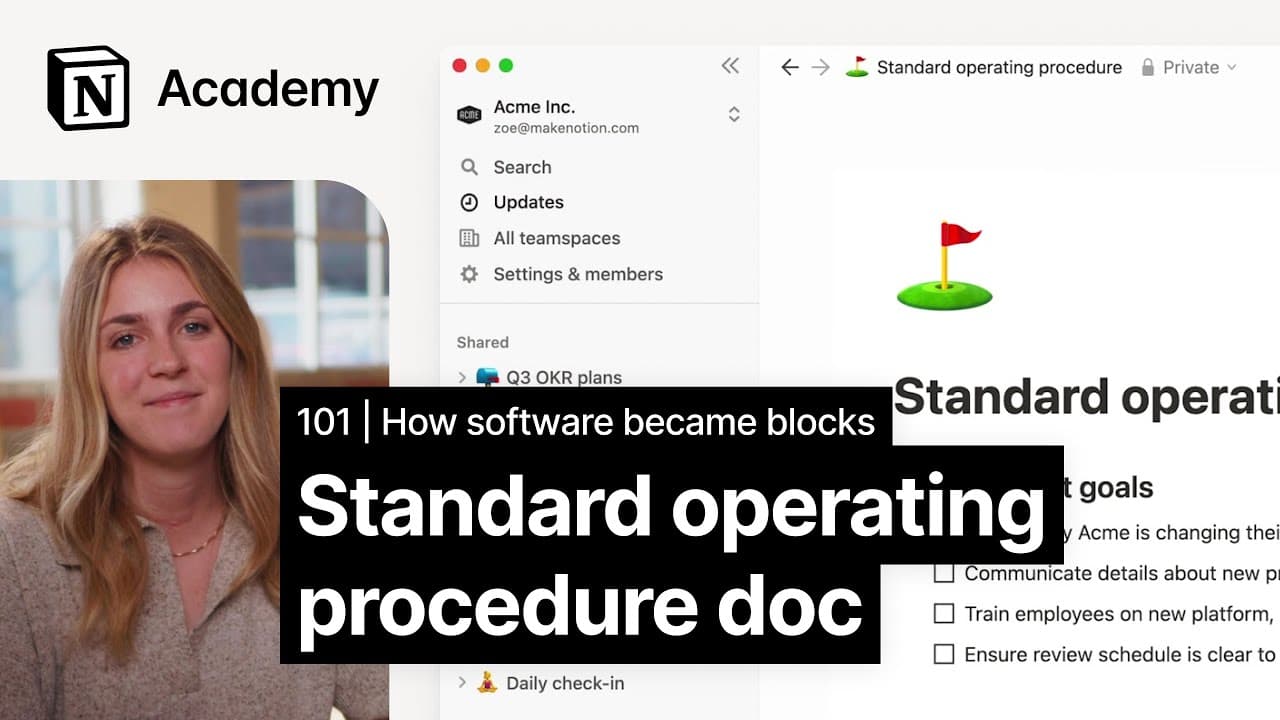Office Cleaner SOPs

About this template
This template contains Standard Operating Procedures (SOPs) for office cleaning staff. It outlines ten distinct SOPs covering daily cleaning, restroom maintenance, kitchen and breakroom sanitation, waste disposal, deep cleaning, carpet and upholstery care, window and glass cleaning, disinfecting high-touch surfaces, emergency spill cleanup, and cleaning supply management. Each SOP includes a purpose, scope, and detailed steps to ensure consistent and high-quality cleaning.
The first SOP details the daily office cleaning procedures. It includes steps for preparation, workstation and common area cleaning, restroom and kitchen maintenance, waste collection, floor cleaning, and final inspection. The procedure emphasizes the importance of a structured daily routine to maintain a clean and hygienic office environment.
Subsequent SOPs elaborate on specific areas and tasks, such as restroom cleaning, kitchen and breakroom cleaning, and waste disposal. These procedures provide detailed instructions for each area, including the types of cleaning supplies to use, how to handle waste and recyclables, and special considerations for different surfaces and appliances. For example, the restroom cleaning SOP includes steps for disinfecting toilets, sinks, and mirrors, while the kitchen SOP details how to clean appliances and manage food waste.
The document also covers less frequent but equally important tasks like deep cleaning, carpet and upholstery cleaning, and window cleaning. The deep cleaning SOP includes procedures for cleaning hard-to-reach areas, sanitizing shared equipment, and maintaining air quality. The carpet and upholstery SOP focuses on stain removal and the use of steam cleaners or shampooing methods. The window cleaning SOP provides instructions for both interior and exterior glass surfaces, emphasizing streak-free finishes.
Finally, the SOPs address critical procedures for disinfecting high-touch surfaces and managing emergency spills. The high-touch surface SOP identifies common areas that need frequent disinfection and provides guidelines for using appropriate disinfectants. The emergency spill SOP details how to assess, contain, and clean up various types of spills, including biohazards and chemical spills. The last SOP focuses on the management of cleaning supplies, ensuring proper storage, inventory tracking, and safe handling of chemicals.













